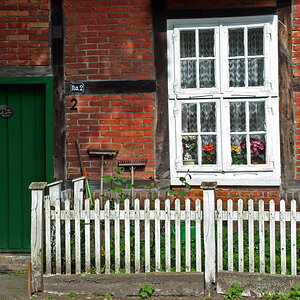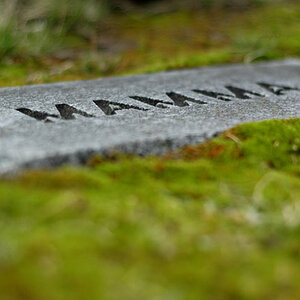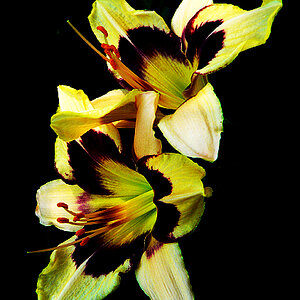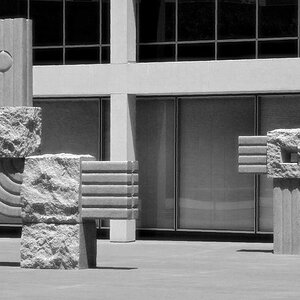- Joined
- May 1, 2008
- Messages
- 25,422
- Reaction score
- 5,003
- Location
- UK - England
- Website
- www.deviantart.com
- Can others edit my Photos
- Photos OK to edit
OK, did the experiment and Tsarex is exactly right. Even though the light is sufficient and the same for each shot, the noise jacks up as you crank up the ISO. At 6400 it was not that noticeable but at 12000 and HI it was very noisy.
Exactly and this is where the "always keep the ISO low" theory is born. Or rather the "keep it as low as the situation allows" concept for ISO. Since raising it always triggers an increase in noise. The key is that raising it always delivers a cleaner shot than using a lower ISO and underexposing.



![[No title]](/data/xfmg/thumbnail/31/31092-7ba73f844ad8efedd3d5fd94799a866d.jpg?1619734609)

![[No title]](/data/xfmg/thumbnail/31/31091-00a77a1c08cddcf7dc236d9317f868d2.jpg?1619734607)



![[No title]](/data/xfmg/thumbnail/36/36099-feb952513e45dbf9f061ab28c1dc1121.jpg?1619737342)
![[No title]](/data/xfmg/thumbnail/31/31089-cc3a7a6049305e29a6be920fad49acce.jpg?1619734605)